
(JUNE 14, 2010) Nature tends to protect itself through camouflage. Young birds take on a brownish hue that blends in with the nest. Female birds also are lees flamboyant than the males so that the males can distract the predator and move any danger away from the nest.
Certain colors seem prevalent in the woods - brown, green and gray. These are colors that are dull and allow all animals or plants to blend into their surroundings.
The male cardinal puts forth a brilliant red while the female is less colorful with a dull red. The little male merganser duck is a colorfully patterned black and white while the female is a dull (yet with a cute Mohegan head) brown. The green head of the mallard is easily spotted from a distance while the dull brown spotted female blends in to the undergrowth.
But, what was Mother Nature thinking to put blue into the mix?
The bluebird (male) stands out in the dark woods, and you can count on the duller blue female to be nearby. There are certain blue flowers that are more likely to be plucked from their stems than the more common orange or yellow flowers, though some of the orange and yellow flowers put forth a vibrant and beautiful personality.
The great BLUE heron seems to be an obvious contrast to the browns and greens, but since this great bird spends most of its time on the water, the blue helps it to blend in.
Even the insects get into the mix when it comes to being either lucky or unlucky with colors. There are dragonflies and damselflies that blend right in to the undergrowth along the Riverwalk. But, occasionally, there is that florescent blue that catches the sun just right and gives away the resting place of a species of damselfly.
One wonders if nature was looking out for the predators as well as the plants and animals themselves. Is the honeybee attracted to the more attractive blue plant than the more common yellow flower? Though blending in with the background of the water, do predators notice the difference in the hue of the great blue heron from the hue of the blue water? And, whatever predator that may attack the neon blue damselfly, the sun gives away its pray each morning making the dragonfly more vulnerable.
In a previous post I wrote about a hawk swooping down to carry away a songbird from a bird feeder. One person was appalled while another person said, "Well, hawks gotta eat too."
The color blue can be both friend and enemy to plants and animals that are lucky (or unlucky) enough to be born with that color. The shades of blue in nature are varied and, since it all seems to work in God's plan, purposeful.
It was another good day on the Riverwalk.


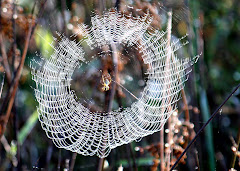

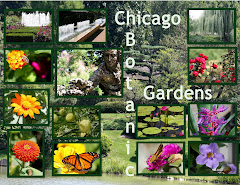
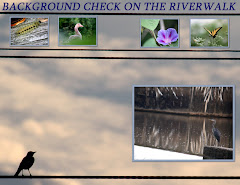
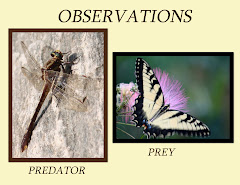





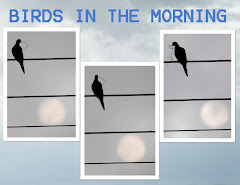


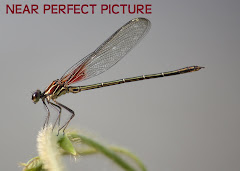


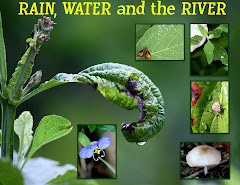
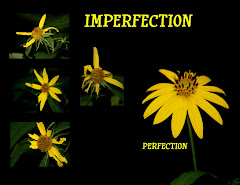
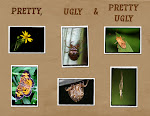
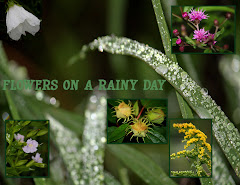
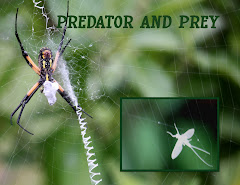


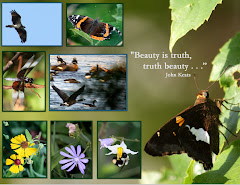
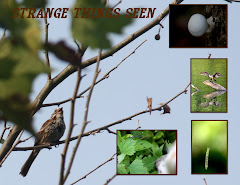
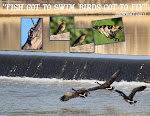



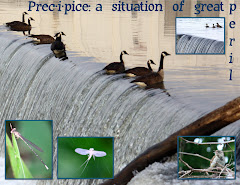
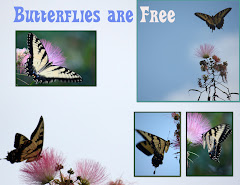
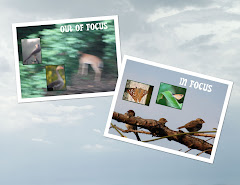
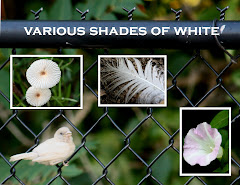
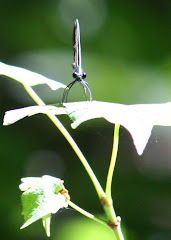
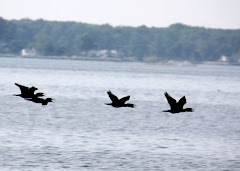


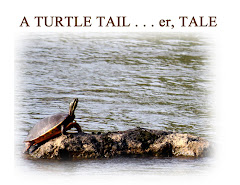
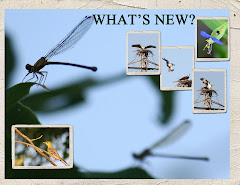


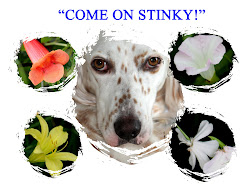
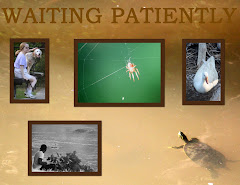

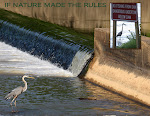




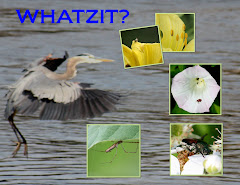

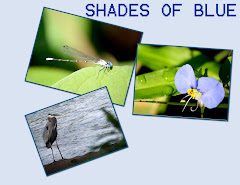
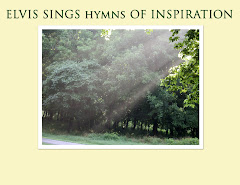
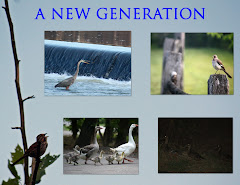
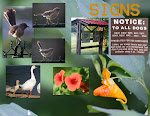
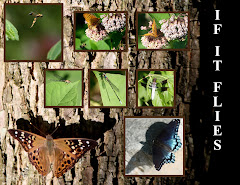

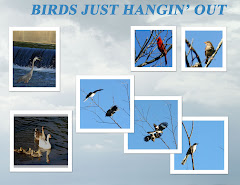
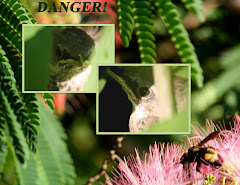


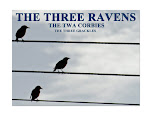




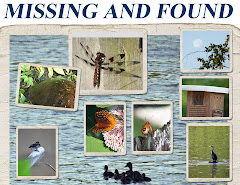

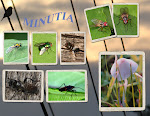
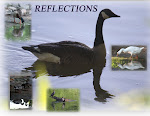

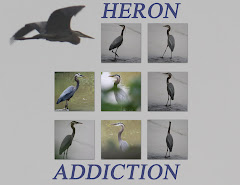
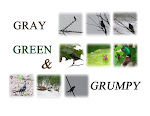

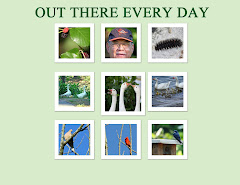
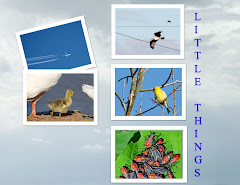
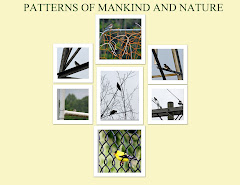
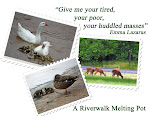
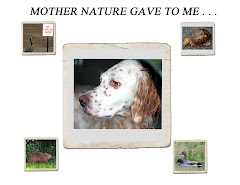


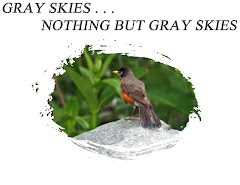
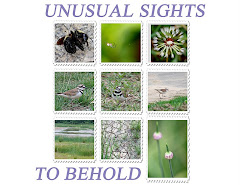
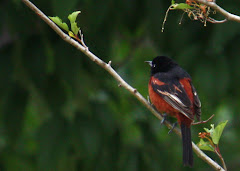



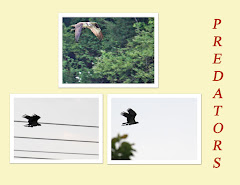
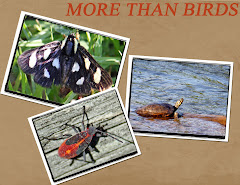
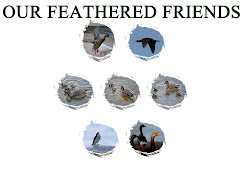

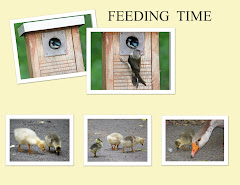
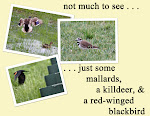
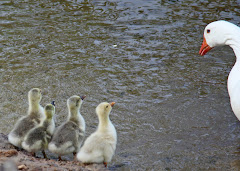
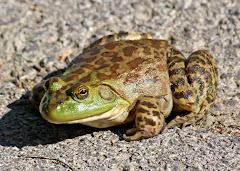
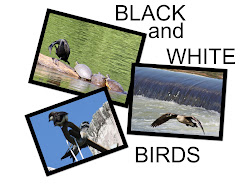
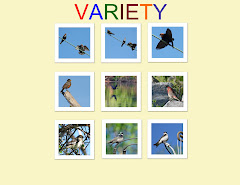
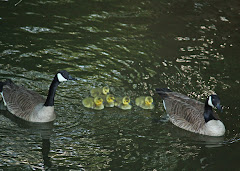
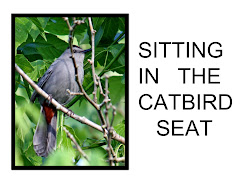
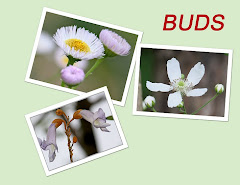
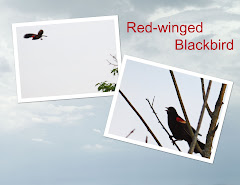
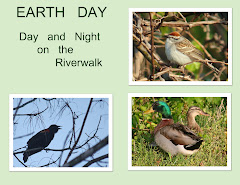
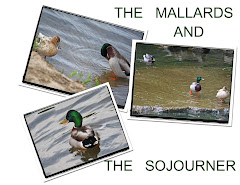
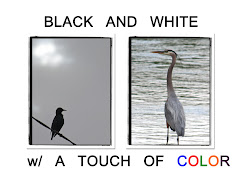


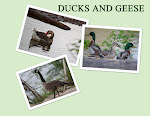
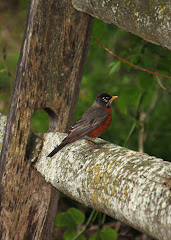
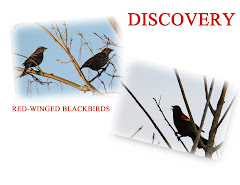

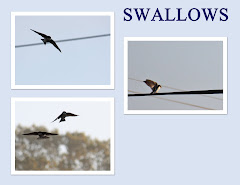


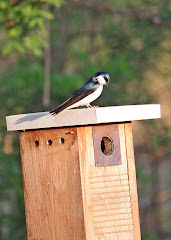
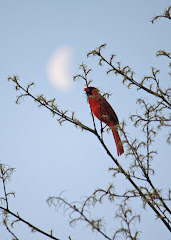

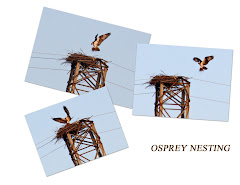

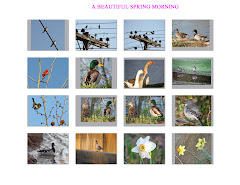
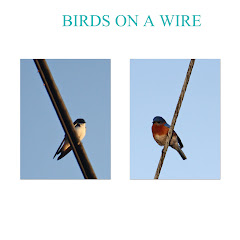

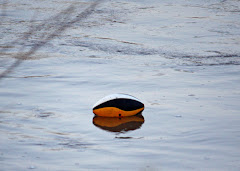
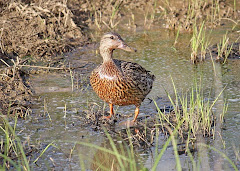
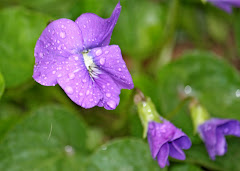
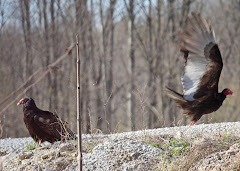
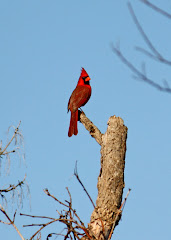
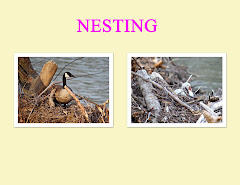
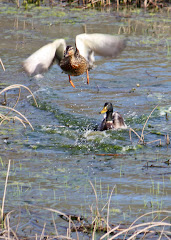
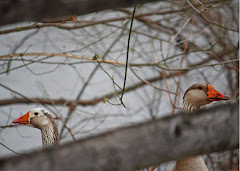
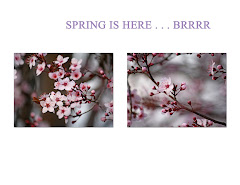

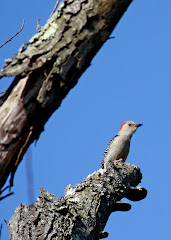

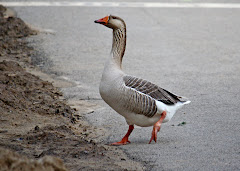
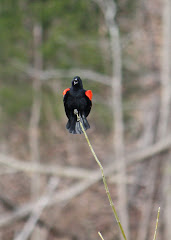
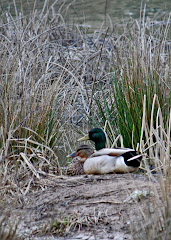

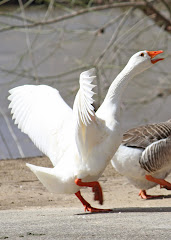
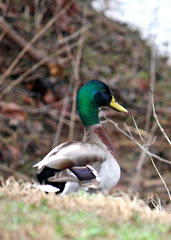

No comments:
Post a Comment